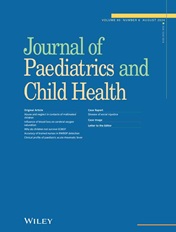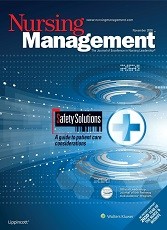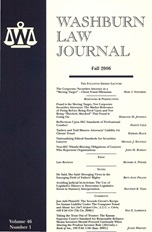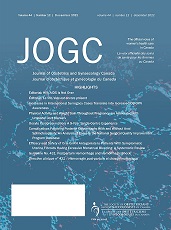Sean Riley
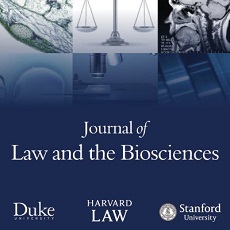
Extract
I. Introduction
Lethal medication provisions are in a precarious state. Over the past decade, pharmaceutical companies have attempted to stamp out the use of their drugs in executions, creating several economic and regulatory hurdles for access to these medications. As a result, patients seeking physician-assisted suicide (PAS) as well as death penalty states aiming to execute their capital offenders have been forced to turn to unregulated and dangerous alternatives for these drugs. This note attempts to unpack the quality, safety, and access issues emerging from these recent changes and to explore the implications for the future of these practices.
In order to fully grasp the exact mechanisms at work, this note will first offer a brief pharmacological description of the lethal medications and detail many technical aspects of their use. The next section provides a historical account of the past decade, illustrating the emergent quality, safety, and access issues. This note then evaluates the competing notions of ‘botched’ executions and ‘complications’ in PAS while analysing the standards set forward to measure safety and efficacy for each. Finally, this note closes by exploring the future of each practice in light of our discussion.
Riley S. Navigating the new era of assisted suicide and execution drugs. Journal of Law and the Biosciences. Volume 4, Issue 2, 1 August 2017, Pages 424–434, https://doi.org/10.1093/jlb/lsx028
